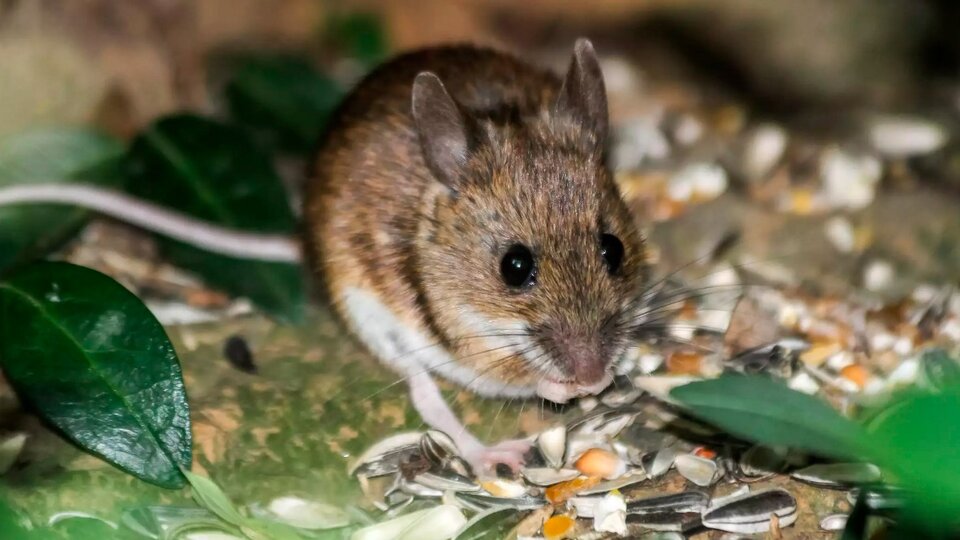The Santa Fe Ministry of Health urged the population to get vaccinated against hemorrhagic fever, after the recent appearance of two cases in the city of San Jorge, located in the department of San Martín. It is a endemic disease in that province and also in Buenos Aires, Entre Ríos and La Pampa.
Last June, the Argentine Society of Infectious Diseases (SADI) I had already alerted on the increase in cases in endemic areas, south of Santa Fe, south of Córdoba, north, center and southeast of Buenos Aires and northeast of La Pampa.
“In recent weeks we have had two cases of people diagnosed with Argentine hemorrhagic fever who fortunately evolved very well, after the application of plasma,” the coordinator of the Health subregion, Diego Brigalia, told La Capital.
And he added: “Although we are in an endemic area, every time a case appears, people are alarmed. However, it is a disease that, if it is addressed in time or having the vaccine, is perfectly controllable. It is not a matter to be alarmed but to take care of it.”
What is hemorrhagic fever
The Argentine Hemorrhagic Fever (FHA), also called “mal of the stubble”is an infectious disease –caused by the “Junín” virus–, and due to its prevalence it is endemic in certain provinces of the country, the most affected areas being the northwest of Buenos Aires, the south of Córdoba, the south of Santa faith and the north of La Pampa.
The and the rural workers are at higher risk of contracting the disease if they are in contact with “corn mice” –species “Calomys musculinus”–, since these rodents are carriers of the virus and can transmit it through saliva and urine.
disease prevention
As the main preventive measure, the Health portfolio recommends that all people who live in “risk areas”, who are between 15 and 65 years old, apply the Candid 1 single-dose vaccine. Immunization is included in the national calendar and must be carried out at least one month prior to making contact with rural activities to ensure its effectiveness.
It is also indicated to keep strict hand hygiene; do not put leaves, stems or grains in the mouth; and avoid sleeping on the floor. In addition, care should be taken to keep the rooms clean and the surroundings of the house free of weeds.
Experts emphasize that, if you frequent areas where these rodents live, you should wear closed shoes and change clothes after finishing the activity. Finally, they point out the need not to destroy predatory fauna, including cats, foxes, owls and other birds.
Symptoms and treatment
The main symptoms of FHA are muscle aches, tiredness and fever. However, the diagnosis is made through a blood test. Upon suspicion of the disease, the health authorities indicate that a medical consultation be carried out quickly.
The treatment includes the application of specific immune plasma from patients who have already suffered from the disease, within 8 days after the onset of the disease. If diagnosed and treated early, the use of plasma reduces mortality to 1 percent.
–


